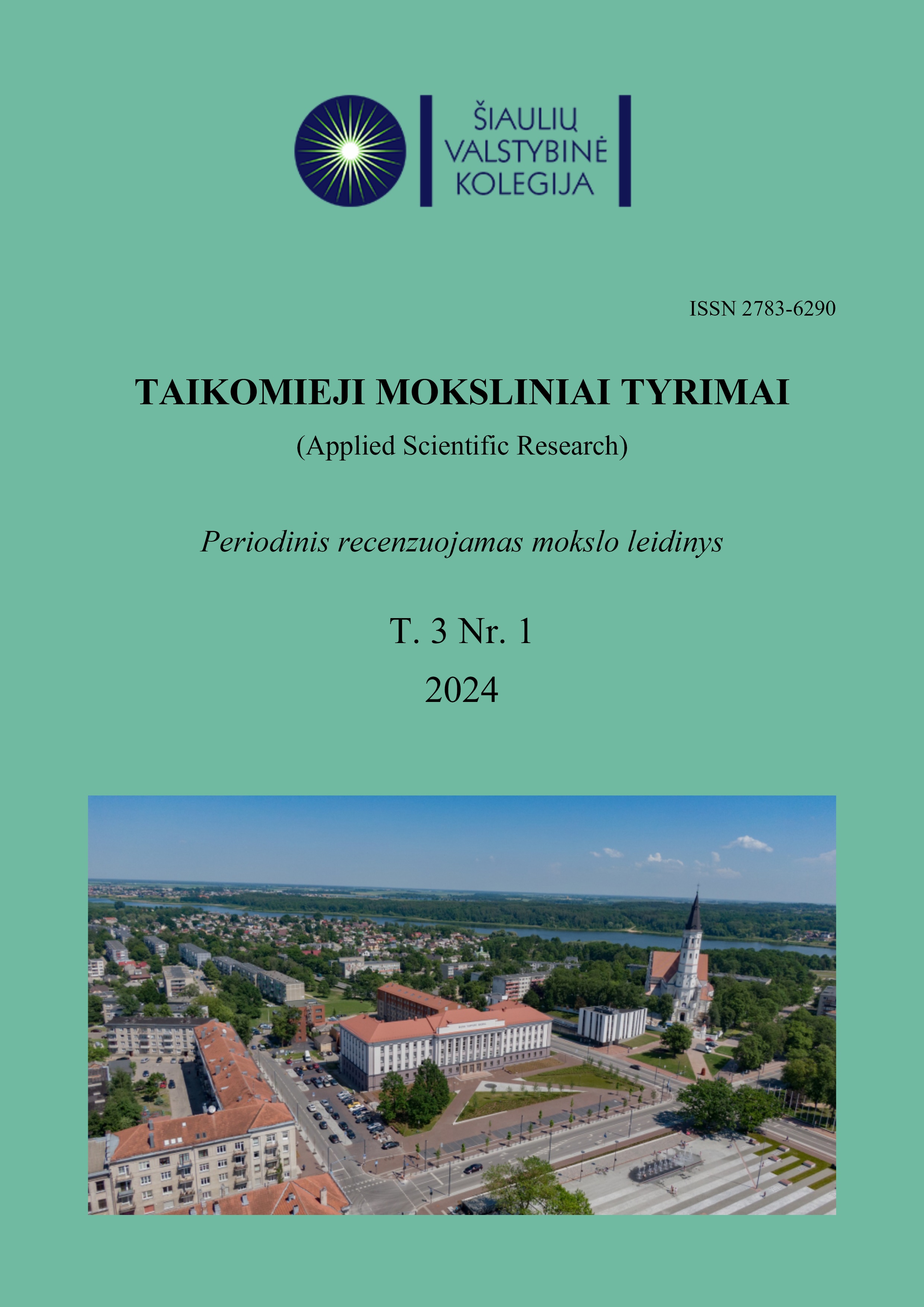Thermographic Examination of the Thermal Insulation Condition of the Heating Point during Exploitation
DOI:
https://doi.org/10.56131/tmt.2024.3.1.206Keywords:
heat transfer, thermography, heating point, central heatingAbstract
Promoting technological progress is a necessary measure to reducing the energy consumption of buildings and contributing to sustainable energy. It is important, not only to efficiently use heat in the building, but also to reduce energy losses in heat supply networks and heating point. Thermography allows for a more accurate assessment of the state of thermal insulation and can help identify and determine small but important areas of heat loss. The expected effect of additional thermal insulation could be up to 1 % of saved heat energy. However, considering the relatively high temperatures of non-insulated elements and long heating seasons (duration varies up to around 200 days), an economic effect can also be expected.
Downloads
Downloads
Published
How to Cite
Issue
Section
License
Copyright (c) 2024 Gintautas Austynas, Laima Ignatavičienė, Deividas Nesovas

This work is licensed under a Creative Commons Attribution-NonCommercial-ShareAlike 4.0 International License.





